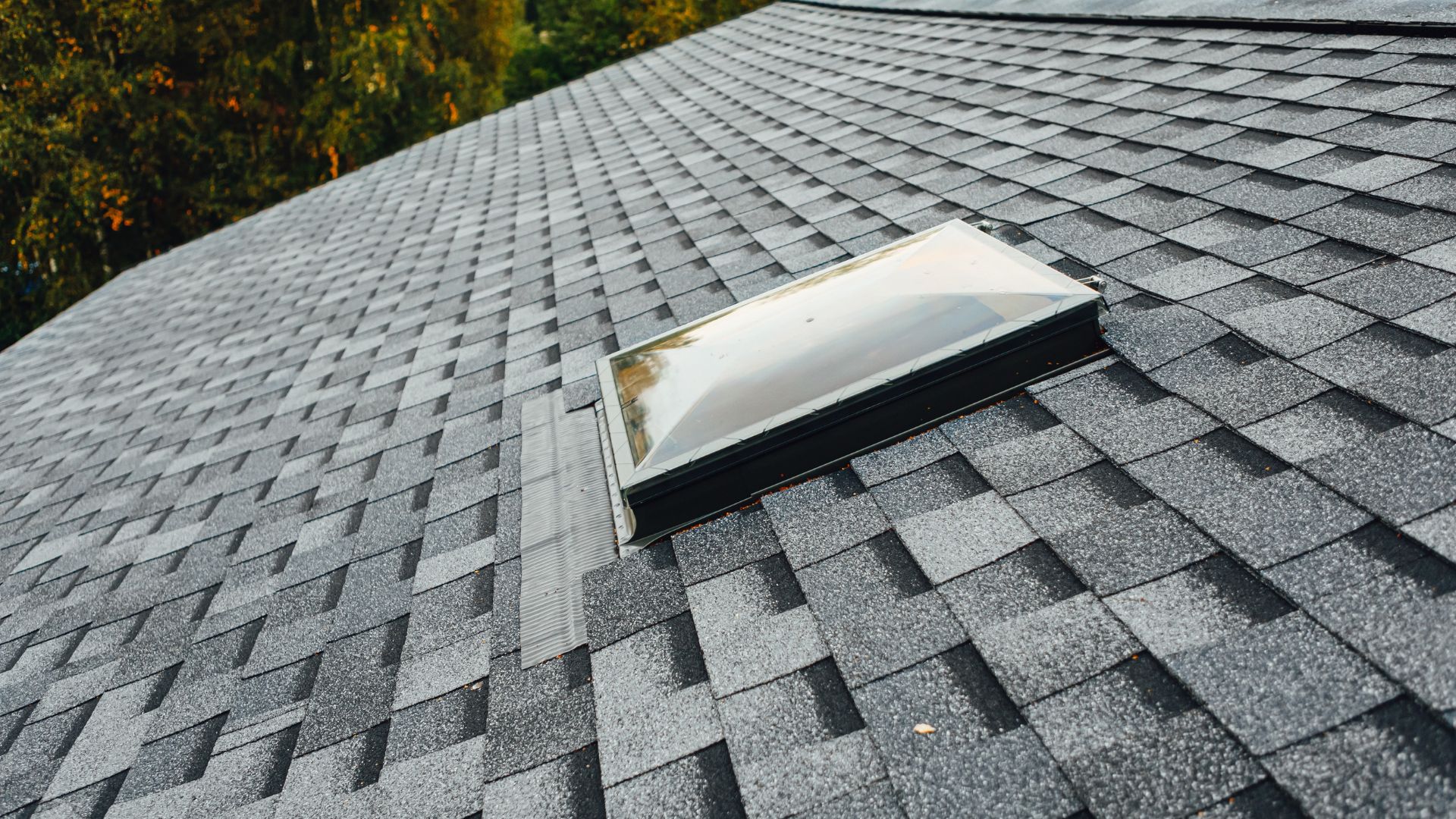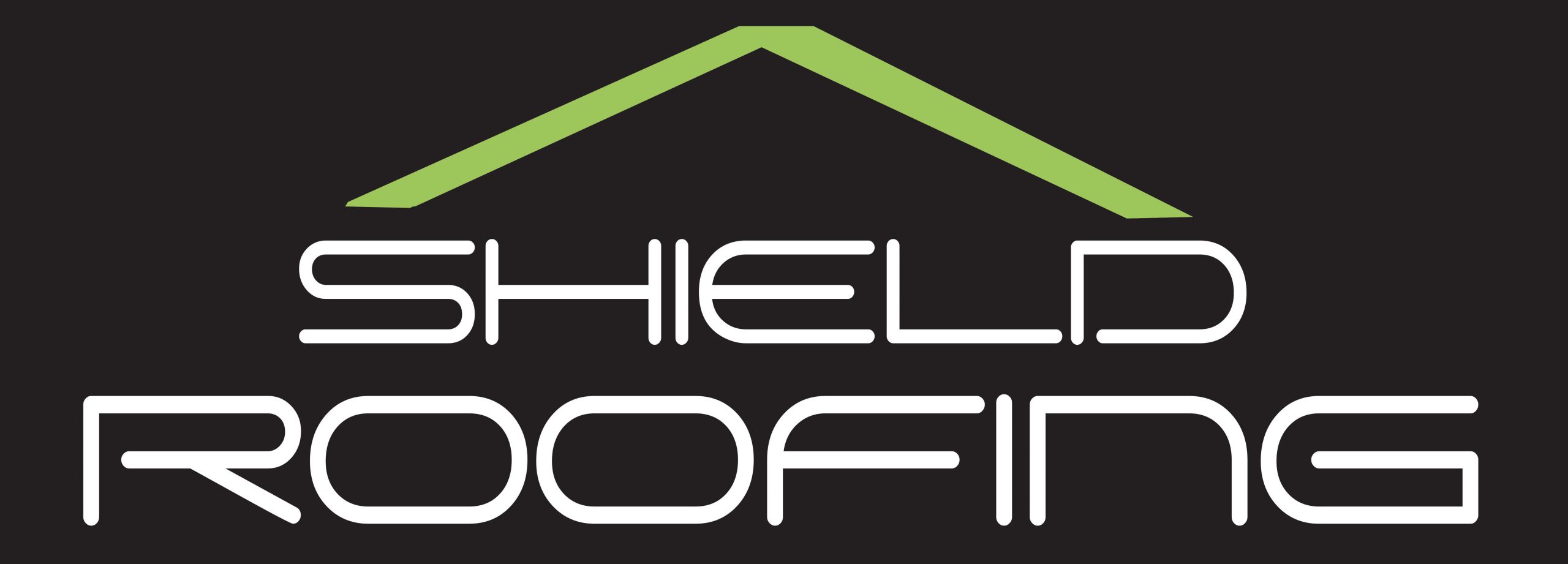Choosing the right material for a commercial roofing project is crucial for the longevity, efficiency, and functionality of the building it protects. The roofing material impacts not just the aesthetic appeal of the property but also its resilience against weather conditions, maintenance needs, and energy efficiency. This comprehensive guide, brought to you by Shield Roofing, aims to provide a detailed comparison of various commercial roofing materials, assisting property owners, managers, and developers in making informed decisions suited to their specific needs.
Overview of Commercial Roofing Materials

Commercial roofing materials vary widely, each offering unique benefits and challenges. From traditional Built-Up Roofing (BUR) systems to modern single-ply membranes and innovative green roofing, the options are diverse. Understanding the strengths and limitations of each material is the first step in selecting the right roofing solution for your commercial property.
Detailed Comparison of Roofing Materials
Built-Up Roofing (BUR)
Description: BUR, also known as tar and gravel roofing, is one of the oldest commercial roofing systems. It is constructed with multiple layers of bitumen and reinforcing fabrics that create a finished membrane.
Pros and Cons: BUR is valued for its durability and waterproofing capabilities. Its multi-layer construction makes it highly resistant to water penetration. However, the installation process can be time-consuming and may emit fumes that some find unpleasant.
Ideal Applications: BUR is best suited for roofs with low slopes or flat roofs, commonly found in older commercial and industrial buildings.
Metal Roofing
Description: Metal roofing materials include steel, aluminum, and copper, offering lightweight, durable, and fire-resistant roofing options.
Pros and Cons: Metal roofing is known for its long lifespan, typically lasting 40-70 years, and its ability to reflect solar radiant heat, which can reduce cooling costs. On the downside, it can be more expensive than other materials and may require additional insulation to manage noise from rain and hail.
Ideal Applications: Due to its durability and energy efficiency, metal roofing is suitable for a wide range of commercial buildings, especially in regions prone to severe weather.
Single-Ply Membranes
Description: Single-ply membranes, including TPO, PVC, and EPDM, are lightweight, flexible sheets of compounded synthetic materials that are installed in a single layer.
Pros and Cons: These materials are praised for their ease of installation, heat-reflective properties (TPO and PVC), and durability. EPDM, in particular, is known for its resistance to weathering, ozone, and UV radiation. However, they can be punctured more easily than other materials and may require regular inspections.
Ideal Applications: Single-ply membranes are versatile and can be adapted to nearly any flat or low-sloped commercial roof. TPO and PVC are particularly well-suited for buildings requiring energy-efficient roofing solutions.
Modified Bitumen
Description: Modified bitumen roofing is an evolution of the traditional BUR system, incorporating polymer-modified bitumen layers for increased flexibility and temperature resilience.
Pros and Cons: It combines the reliability of BUR with the added benefits of modern materials, offering superior tensile strength. While it is resistant to foot traffic and punctures, installation typically involves open flames, which may pose a safety risk.
Ideal Applications: Modified bitumen is ideal for medium to high-traffic roofs, such as those on commercial buildings where rooftop equipment maintenance is frequent.
Green Roofing
Description: Green roofs, or living roofs, incorporate vegetation over a waterproofing membrane, providing insulation, reducing stormwater runoff, and promoting biodiversity.
Pros and Cons: Green roofs can significantly improve a building’s insulation, reduce urban heat island effect, and extend the life of the roofing membrane by protecting it from UV radiation. The initial costs and maintenance requirements, however, can be higher than traditional roofing systems.
Ideal Applications: Green roofs are particularly beneficial in urban settings where environmental impact mitigation and energy savings are priorities. They are suitable for buildings with strong structural support and access to adequate water supply for vegetation.
Factors to Consider When Choosing Roofing Materials
The selection of a roofing material should be influenced by the local climate, building usage, aesthetic goals, and budget. For instance, metal roofing might be favored in areas prone to wildfires due to its fire resistance, while green roofing could be the preferred choice for property owners looking to enhance sustainability and aesthetic appeal. Budgetary constraints also play a critical role, with some materials offering lower initial costs but potentially higher long-term maintenance expenses.
Maintenance and Lifespan Considerations
Every roofing material requires some level of maintenance to ensure its longevity and optimal performance. Regular inspections, timely repairs, and routine cleanings are essential, regardless of the material chosen. Documenting these maintenance activities is also crucial for warranty purposes and can aid in the event of insurance claims. Understanding the expected lifespan and maintenance needs of each material can further inform the selection process, balancing upfront costs against long-term benefits and savings.
The decision to invest in the right commercial roofing material should not be taken lightly. Each option presents a unique set of advantages and challenges, with implications for the building’s overall health, energy efficiency, aesthetic appeal, and the bottom line. By carefully weighing factors such as climate compatibility, building use, aesthetic desires, and financial considerations, property owners and managers can select a roofing system that not only meets their immediate needs but also serves their long-term interests.
It’s clear that the future of commercial roofing is oriented towards solutions that offer sustainability, durability, and efficiency. As we move forward, the integration of technology and innovative materials into roofing designs promises to offer even greater benefits, making now an exciting time to invest in roofing solutions that align with these evolving trends. With the support of experienced professionals like Shield Roofing, commercial property owners have the opportunity to navigate these choices with confidence, ensuring their roofing investment is sound, sustainable, and secure for years to come.
Selecting the perfect roofing material for your commercial property is a critical decision with lasting implications. Don’t navigate this complex process alone. Shield Roofing is here to provide you with the expertise and guidance needed to make the best choice for your specific circumstances. Our team of seasoned professionals is committed to helping you understand the pros and cons of each roofing material, ensuring your commercial property benefits from a roofing solution that is not only aesthetically pleasing but also durable, cost-effective, and suited to your unique needs. Contact us today to learn more about how we can assist you in your next commercial roofing project, and take the first step towards securing a roofing system that will protect and enhance your commercial property for years to come.

